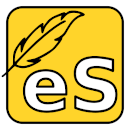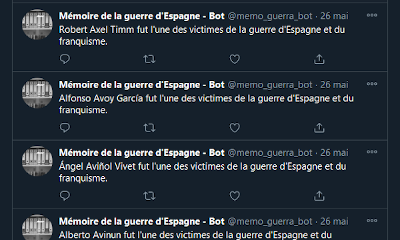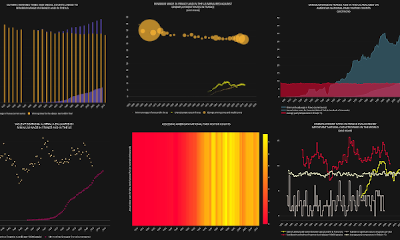Selected projects¶
HTR-United¶
I created HTR-United with my colleague Thibault Clérice in 2020 after noticing that many new users of HTR technologies could benefit from using each other’s training data. The project started as a very simple catalog hosted on Github and soon became a complete ecosystem which enables automatic quality checks and deployments. It opens discussions on how to best share this kind of training material. We are now trying to expand its visibility internationally.
eScriptorium Documentation¶
A documentation for the HTR web application eScriptorium, open to anyone’s contribution. The website is built with Mkdocs and its source code is hosted on Github.
Check out my blog post about it!
Blog: PhD research (b)log¶
Shortly after starting my phD and upon Antoine Fauchié’s advice, I started holding a public research blog dedicated to my project. The blog is built with Nikola, a Python-based static site generator. Since my thesis manuscript will be redacted in English, it is also the main language used for the blog.
Logos and illustrations¶
I sometimes create logos or mascots. Here is a little selection:
 |
 |
 |
 |
|---|---|---|---|
 |
 |
 |
 |
Other projects¶
Blog: Les Vieux Papiers du Grenier¶
It’s a blog project (Old Papers from the Attic) started during the 2020 confinement, dedicated to sharing the digitization of old papers belonging to my ancestors. They include close to a thousand postcards, a budget registry from the First World War period, a diary dated from 1917, etc. The idea is to apply tools and pipelines from the Digital Humanities in order to publish and explore the content of these documents.
Paused due to PhD
Since the beginning of my PhD in 2021, I have put this project on hold.
Programming Historian¶
I volunteered to translate Doug Knox’s lesson on Regular Expressions, originally written in English for Programming Historian. The French version of the lesson is accessible here. If you don’t know Regular Expression, you should check it out, they can be really useful!
Twitter Bots¶
Creating Twitter bots is a very quick way to learn a few programming tricks, discover new libraries or even get familiar with APIs.
 |
MemoGuerraBot [ code source ] |
A text bot for Twitter programmed in Python during the “Guerre, Conflits, Exils et Archives” Datathon, held in Poitiers, France, on January 31, 2020. This bot tweets the names of the known victims of the Spanish War. |
 |
leBotde 7lieux [ code source ] |
A bot programmed in Python which extracts geolocalized data from Wikidata and publishes it on Twitter in the form of a map. |
 |
DatavizBot [ code source ] |
A bot programmed in Python which publishes a random diagram generated with Matplot library. |
Paused Execution
The Twitter accounts are still in place but the bots are no longer running. They were deployed with Heroku and after the platform stopped offering free dynos, I decided they had been running for long enough.
200th anniversary of the École des Chartes¶
I contributed the TEI encoding of the text used on the stamp created by La Poste for the celebration of the 200th anniversary of the École nationale des chartes in Paris.
Legal notice (FR)
Timbre (taille-douce) : création et gravure Christophe Laborde-Balen d’après photo charte ©Archives départementales de la Côte-d’Or / F.Petot / PS 2518, encodage de la charte ©Ademec/ Alix Chagué (2020), porte de la Sorbonne © École nationale des chartes - Cl. Myr Muratet (2014). Bords de feuille : création Christophe Laborde-Balen d’après photo charte ©Archives départementales de la Côte-d’Or / F.Petot / PS 2518, encodage de la charte ©Ademec/ Alix Chagué (2020).
